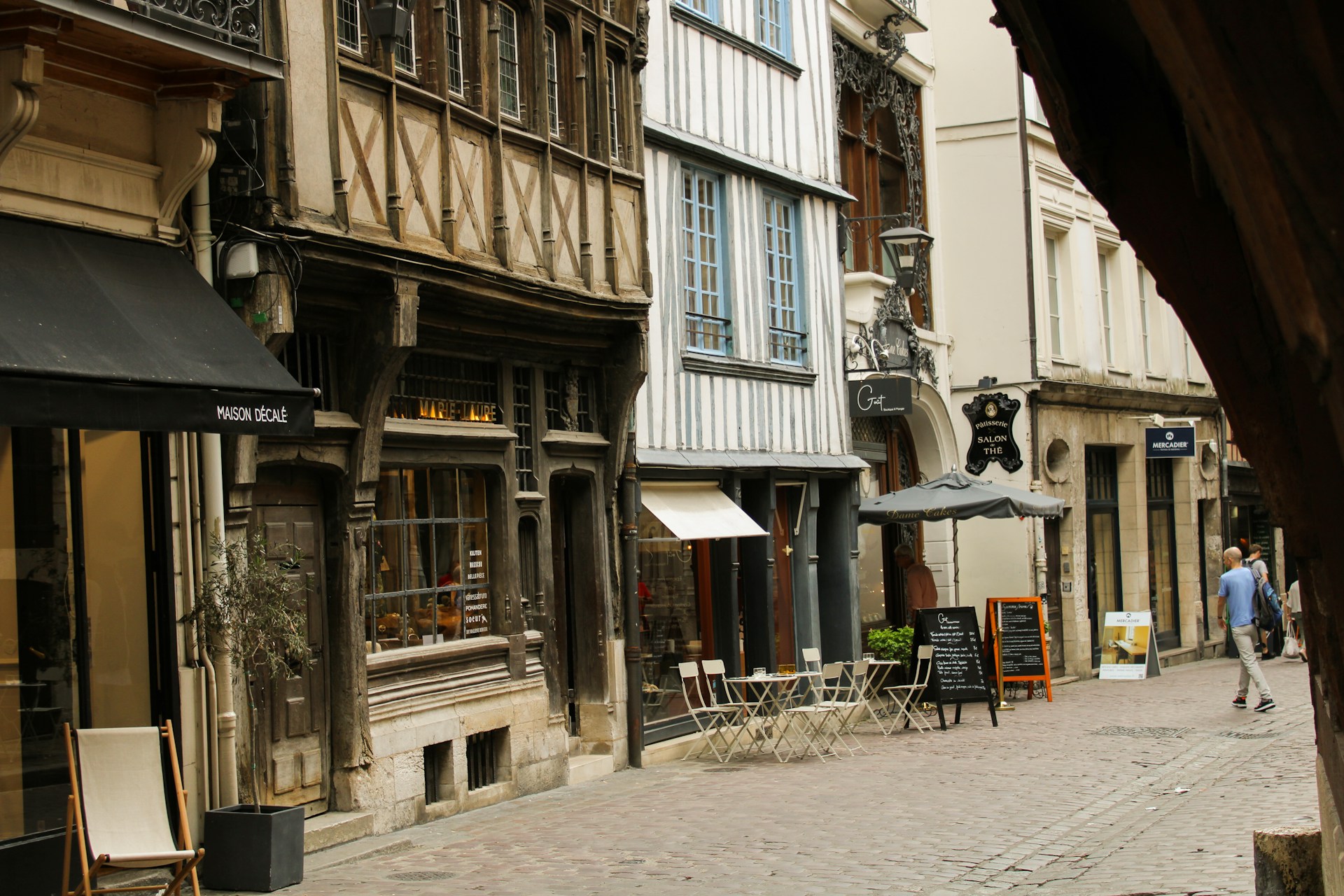Foreign buyers boost France’s secondary housing market
FNAIM has presented an analysis of the French property sector for 2023. According to its findings, the country has experienced a record fall in transactions over the last 50 years. The secondary housing market remains the most active, which is not the case for other sectors.
Audrey Fenocchio of Aime Immo notes that the downturn began in the summer of 2023 when the market suffered from a limited supply. Prices then rose sharply and have not fallen since. According to the experts, housing costs are unreasonably high, especially in the context of falling demand. In general, the population’s purchasing power has fallen by around 20% in a few years.
Real estate agents from various French agencies note the stagnation in the market. And the slowdown is not only on the demand side but also on the supply side. According to Stephane Gastaldy of Century 21 Agence, the number of buyers of second homes has fallen by 20-40%. People who are ready to buy face additional problems:
– monthly repayments have increased significantly as a result of rising interest rates;
– buyers are looking for a compromise between lower housing costs and a suitable offer;
– many are agreeing to buy a smaller property than planned initially.
Many consumers are postponing purchases, hoping the situation will improve.

Overview of the secondary housing market sector
The secondary housing market remains quite active compared to the new home market. Foreigners continue to be the main category of buyers. They are not dependent on the rise in interest rates and are ready to buy the property they like. However, there are not so many of them. Moreover, they are looking for apartments of a certain standard. At the same time, sellers are waiting for a wealthy client and do not want to reduce the cost of houses.
As in other sectors, the secondary market is suffering from rising interest rates:
– they have almost tripled in 2.5 years;
– lending rates for property purchases are around 4.5-5% per annum;
– the dynamics of the market have, therefore, slowed down considerably.
Activity in the sector also varies by location. Cyril Hennion of Azur’Estate, for example, notes a good performance in terms of the number of transactions. The area has played a key role here – the company deals with properties in Roquebrune-Cap-Martin. The main buyers are clients from Monaco. These consumers are not affected by rising interest rates and are willing to invest in property.
The reduction in supply on the French market is also due to the owners’ position. Many of them prefer not to sell their properties until the situation stabilises. They are unwilling to reduce the property’s value and choose to delay the transaction. Before the crisis, owners would sell one apartment to buy another. Now, this option is extremely unprofitable in view of property prices.
